S&P affirms Bangladesh's ‘B+’ credit rating amid economic stabilization
Stable outlook reflects strong per capita growth potential despite political uncertainty, looming U.S. tariffs on garment exports
Business Desk
The Business Desk tracks economic trends, market movements, and business developments, offering analysis of both local and global financial news.
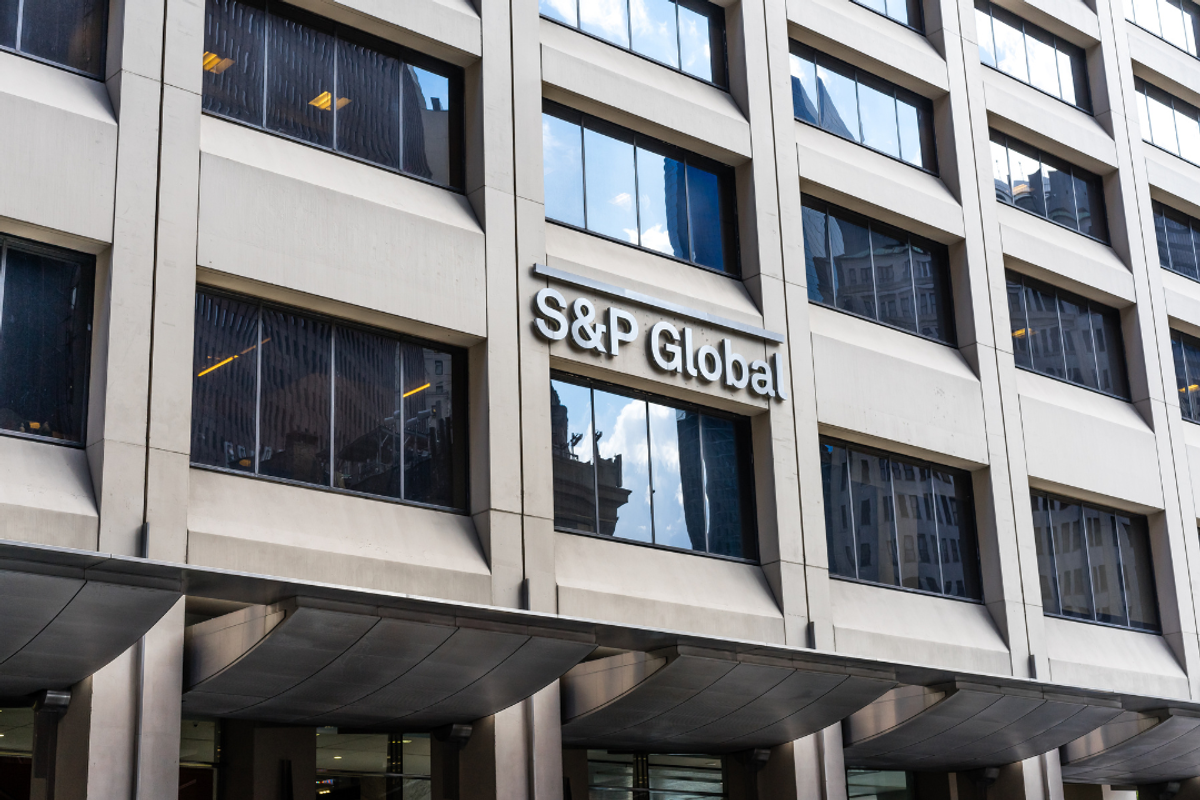
The S&P global headquarters in New York, U.S.
Shutterstock
S&P Global Ratings has affirmed Bangladesh’s long-term foreign and local currency sovereign credit ratings at ‘B+’, with a stable outlook, citing the country’s strong per capita growth potential and a now-balanced external risk profile.
The short-term ratings remain unchanged at ‘B’.
The stable outlook signals confidence that Bangladesh’s real per capita growth will remain strong relative to peer economies, even as the country grapples with persistent political volatility and emerging global trade risks.
Political instability weighs on recovery prospects
Bangladesh’s economy is still stabilizing after a sharp downturn triggered by a political crisis in July 2024, which coincided with external economic stress and domestic weakening.
A caretaker government led by Chief Adviser Muhammad Yunus currently holds power following the collapse and subsequent ban of the Awami League, one of the country’s major political parties. Elections are tentatively scheduled for April 2026, a potential milestone for restoring governance continuity.
S&P projects economic growth to accelerate to around 6.1% over the next three years, contingent on the reestablishment of political stability and improved external conditions.
Economic fundamentals remain resilient
While modest per capita income — estimated at $2,620 in FY2025 — continues to weigh on Bangladesh’s credit profile, S&P highlights the country’s strong underlying momentum. Over the past decade, Bangladesh has recorded an average real per capita GDP growth of 4.3%, significantly higher than peers at similar income levels.
Inflation is gradually moderating, helping to boost domestic demand. However, risks persist, particularly from a proposed 35% U.S. tariff on Bangladeshi imports, including its vital ready-made garments (RMG) sector, set to take effect on Aug. 1 unless a resolution is reached.
The U.S. is Bangladesh’s second-largest export destination, accounting for 17.5% of total exports in FY2024, of which 88% were RMG products. The imposition of these tariffs could significantly undermine competitiveness and impact labor market conditions in a sector that remains central to the economy.
Despite the concentration in garments, S&P notes that Bangladesh remains demographically advantaged, with a large labor pool and low unit labor costs. The government is also working to expand trade access ahead of its graduation from UN Least Developed Country (LDC) status in 2026, positioning itself as a developing country.
External metrics show improvement
On the external front, Bangladesh’s foreign exchange reserves climbed to $26.7 billion in FY2025, up from under $20 billion the previous year. This represents a recovery in current account coverage to 4.1 months of payments, compared to 3.3 months at the end of FY2024, easing immediate liquidity concerns.
S&P emphasized that the outlook incorporates both upside and downside risks, reflecting uncertainties in the global trade environment, domestic politics, and the implementation of reform efforts.
“Bangladesh’s volatile political situation may stymie the predictability of policy responses,” the agency cautioned, even as it acknowledged the country’s resilient export base, favorable demographic trends, and gradual macroeconomic stabilization.
While short-term risks remain, the affirmation suggests that Bangladesh’s fundamental growth story remains intact, provided that policymakers can navigate near-term shocks and deliver continuity ahead of the 2026 elections.





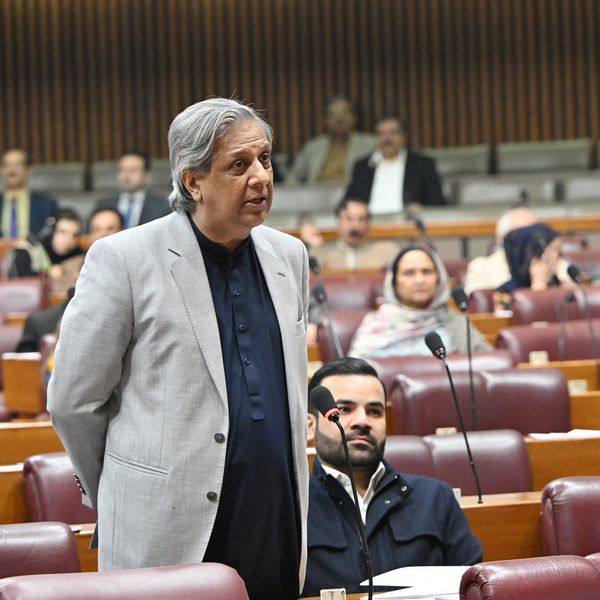
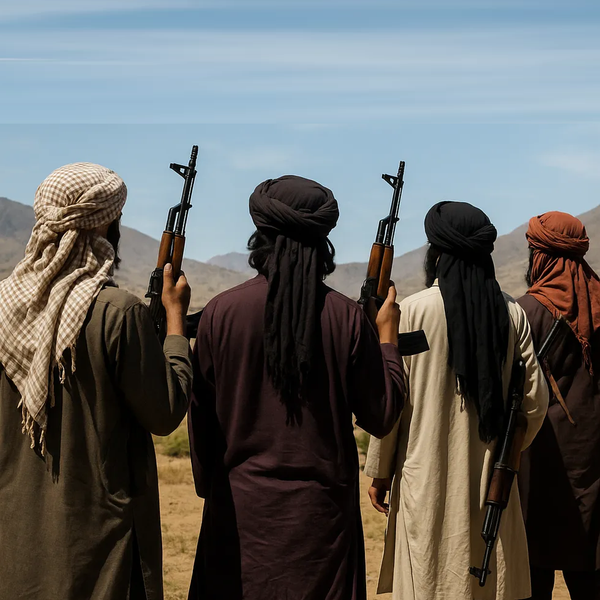
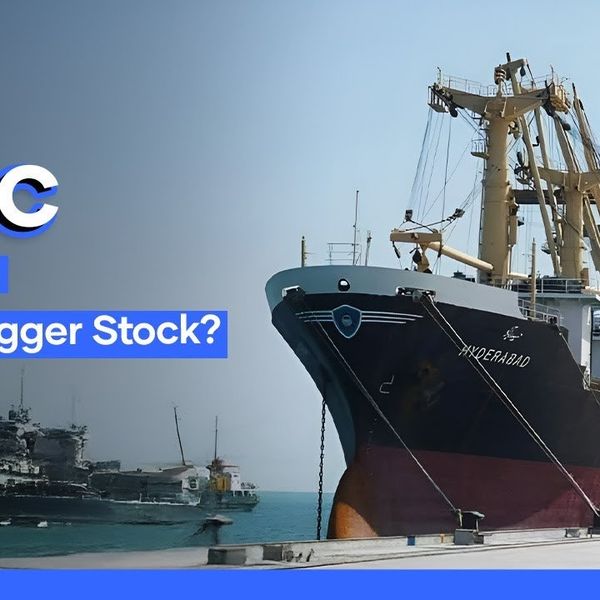
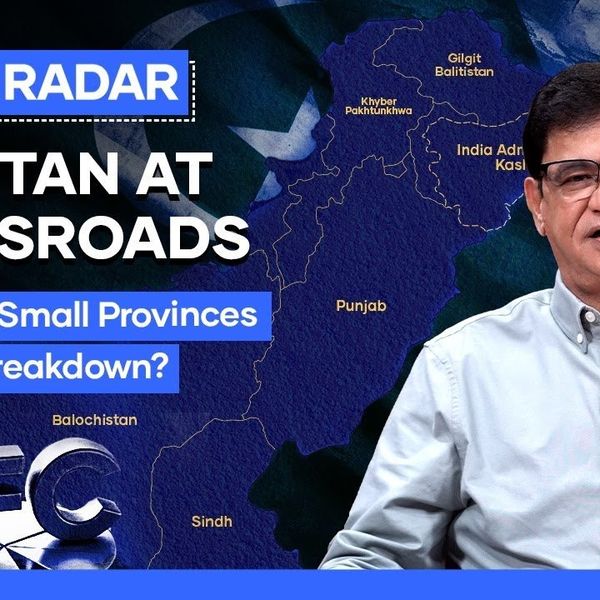

Comments
See what people are discussing